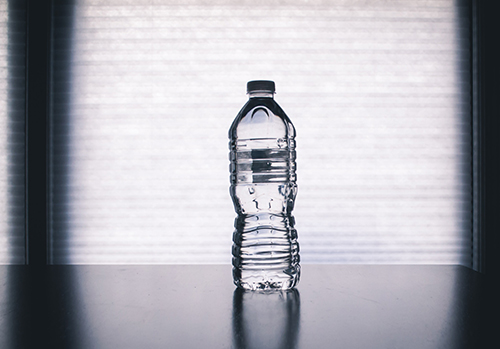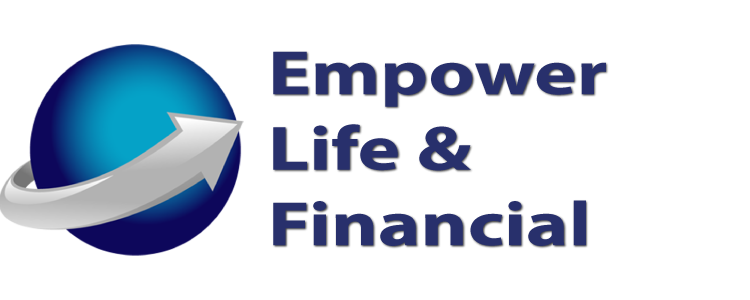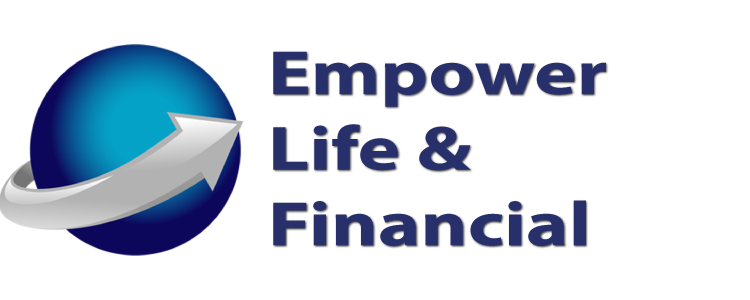
Photograph by Steve Johnson on Pexels
What is BPA-free?
There is quite a lot of detailed information on food and drink labels at the grocery store. You might not be aware of what each description means. One product description that is becoming more common is BPA-free. What does it mean for a food or beverage product to be BPA-free?
What is BPA?
BPA is the short name for Bisphenol A, “an industrial chemical used primarily in the manufacture of polycarbonate (PC) plastics and epoxy resins.” Polycarbonate plastics are used frequently in containers that store food and beverages. Epoxy resins coat the inside of metal products. Since the 1950s, manufacturers have incorporated BPA in their plastic products. Examples include baby bottles, drink bottles, plastic plates, food containers, laboratory equipment, hospital equipment, and water-main pipes.
Is BPA harmful?
Researchers have found that BPA disrupts the endocrine system and may cause obesity, neurobehavioral issues, reproductive problems, and cancer. In 2004, scientists discovered that BPA exposure is widespread throughout the United States population. They note that out of 2,517 adult and children participants, 92.6% of subjects had BPA in their urine. The U.S. Food and Drug Administration (FDA) believes that BPA is safe at low levels in certain foods. The FDA’s 2014 study on BPA claims that exposure of fewer than 2.25 milligrams per pound of body weight per day is safe. The researchers state that most individuals are exposed only to 0.1 to 2.2 micrograms per pound of bodyweight per day.
What can I do to be BPA-free?
Many manufacturers are going BPA-free, so look for the label when you purchase food, bottled water, or other goods. If a product is not labeled BPA-free, you can sometimes tell if it has BPA based on the recycling code. Products with recycling codes one through six do not contain BPA. Code seven covers several types of plastics. Some contain BPA, but not all code-seven-labeled plastics have the substance. Additionally, recycling code three does contain phthalates which should be avoided, especially in children’s toys and products.
Try using stainless steel or glass cookware for liquids and hot foods when cooking and storing food. You can endeavor to eat more fresh whole vegetables and fruits instead of canned products. When you assemble weather-emergency food storage, buy fruits and vegetables in BPA-free cans.
If you have pets, examine their food and water bowls. You might find that they are labeled unfit for human use. This warning suggests BPA and other chemicals are present in these products. Consider purchasing BPA-free plastic bowls or stainless-steel bowls to feed your pets.
Life Insurance Questions?
We hope that this information on BPA-free awareness is useful to you.
If you’d like to learn how we can help you plan your retirement, call Empower Brokerage at (888) 539-1633 to speak to one of our Life and Annuity experts or leave a comment down below.
Get affordable life insurance quotes by clicking here.
See our other websites:

